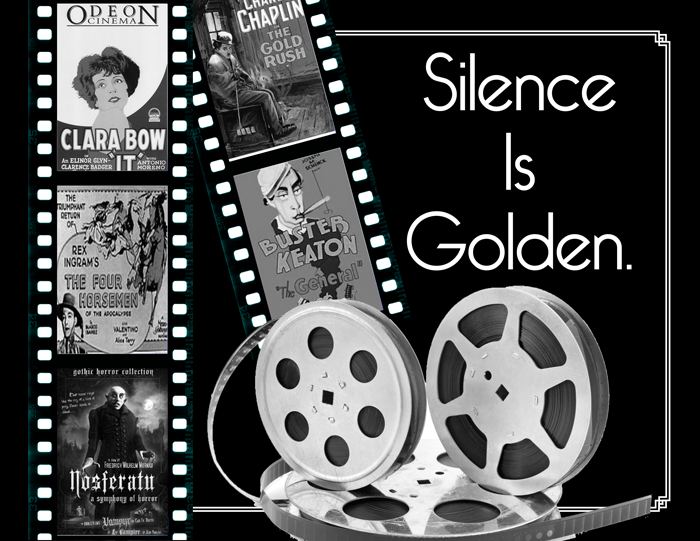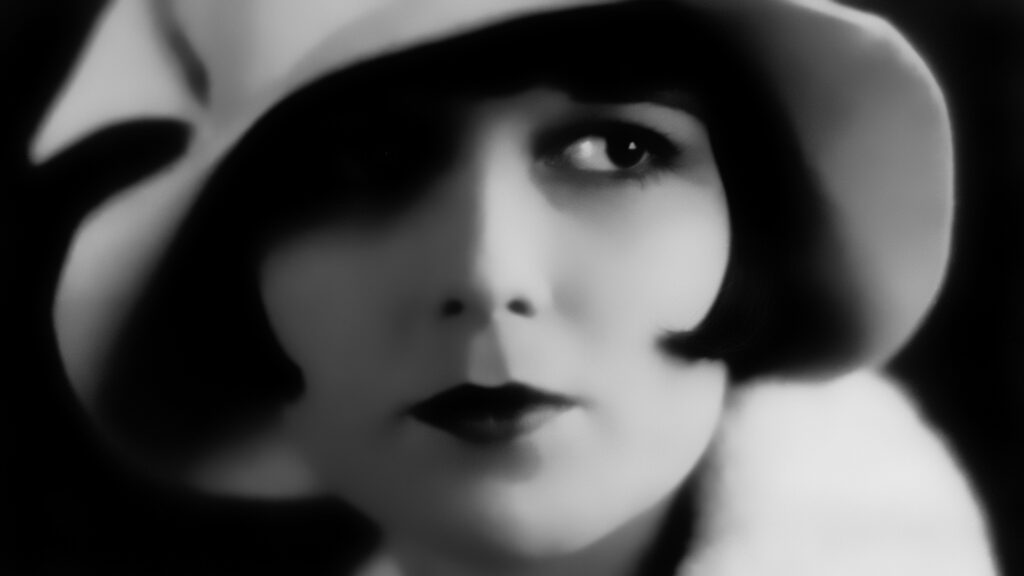The world of silent cinema is undergoing something of a revival thanks to major motion pictures such as The Artist, and justly so. Forgotten film and stars are now being unearthed and played to a new and ready-to-engage audience.

Opening Pandora’s Box
One work that is a prime example of silent film creating drama without dialogue is the European masterpiece Pandora’s Box (1929), directed by Georg Wilhelm Pabst and starring Louise Brooks in her most iconic role as the doomed seductress Lulu.

The film is based loosely on two plays by Franz Wedekind: Erdegiest and Die Buchse Der Pandora. For the role of Lulu, Pabst had been searching high and low. He’d settled himself on signing the great German star of the time Marlene Dietrich; however he ultimately felt that her overtly sexual nature and sultry glances would transform the film from a darkly possessed story of doomed love and destructive relationships to one of maybe a more bawdy sensibility. He had Dietrich in his office about to sign when he got the call to say Louise Brooks would star for him. At a time when dialogue as such in films did not exist apart from on slide titles, he needed a subtle, nuanced performance. Brooks gave him just that.
How The Plot Carries Itself Without Words
The first thing you will notice from watching the clip is the intensity of it. For a film that is purely relying on an eclectic score as its ‘sound,’ it draws you in enormously.
https://www.youtube.com/watch?v=tAYPygtuKZc
Brooks only has to give a little tilt of her head or the flicker of an eyelid for the audience to know what she’s thinking. Watch, as she reclines on the chaise lounge in front of her lover Dr. Ludwig Schoen (played by Fritz Kortner). There is an innate sexuality to her performance; she uses her body as her language.
https://www.youtube.com/watch?v=Qix588ihVKE
As the cinematography intercuts between the character of Lulu on the chaise longue with her lover and outside where the character of Schigolch, Lulu’s patron and father figure (Carl Goetz) is hiding while she has her tryst with Schoen. The disheveled and decrepit figure sits in a crumpled position in a complete contrast to the serenity of Lulu. His movements are short, sharp, physical and jerky; his facial expressions craggy and darkly comedic in their execution, his creepy characteristics coming through with a scrunch of his lips and in the screwing up of his eyes.
Pabst’s Techniques
Pabst was known as a psychological realist in terms of his direction techniques and cinematography. He used the camera in such a way it appeared it was an x-ray machine to get to the heart of what his characters were thinking and feeling.
https://www.youtube.com/watch?v=hJjd7V6zXVA
One of the most pertinent scenes of the film that demonstrate this is the scene in which Schoen violently shakes Lulu backstage after a dance performance. Lulu throws herself down onto a makeshift bed and starts a vicious tantrum involving limb thrashing and leg beating. Pabst got the camera to literally caress Brook’s body while she was undergoing this athletic feat of anger right from her neck down to her legs. He captures the exact moment in which she stops for a second and sneaks a backward glance at Schoen to see if he is taking notice of what she’s doing. They end up entwined with Schoen trying to stop her and she bites his hand. The scene finishes with one final flourish, a look of wicked triumph on the face of Lulu—it’s literally no more than three seconds of silence, and one facial expression but it says so much—without one single word.
Drawing Genuine Emotion From The Acting Talent
Pabst had requested that Brooks hand over a favorite suit to him for the filming and she demanded to know why, but he wouldn’t say. With a little cajoling she did so and returned to play the final scenes to find it cut to shreds, torn, burned and ripped. She was distraught. It was her own best suit and one she loved and adored. Pabst made her put it on, and she was incandescent with rage—but he’d done it for a reason, as you can see in the final scenes of the film.
https://www.youtube.com/watch?v=HM-LVf9_dso
Lulu is by now living in Victorian London in a slum. He wanted to convey as much through Brook’s body language how dreadful her situation was, ergo to do that he ripped her favorite clothes, as he knew this would make her feel dreadful, inhibited, dirty, disheveled and that this would come across in her body language as she performed. It works a treat.
Contrast And Atmosphere
The fog bound, dark, dirty atmosphere is heightened and provides a stark contrast from the earlier scenes in the film; Lulu wears diaphanous dresses, floating lighter than air, her movements the same. By the end point in the film everything feels heavy, leaden and defeatist—the clothes, the characters and even the air.
https://www.youtube.com/watch?v=Usu0ijBYG-8
Pandora’s Box not only cemented Pabst’s reputation as a director of melodrama par excellence but it also demonstrated the effect of using little or no dialogue to create tension, effect and raw emotion amongst his actors and also amongst his cinema going audience. For that we can never discount the medium of silent film in general and all it has to teach us about dramatic and cinematography techniques.
Our MFA in Cinematography program is designed for students interested in developing their creativity and honing their technical proficiency in composition, lighting, and cinematography. Learn more about our program on the MFA degree page.

